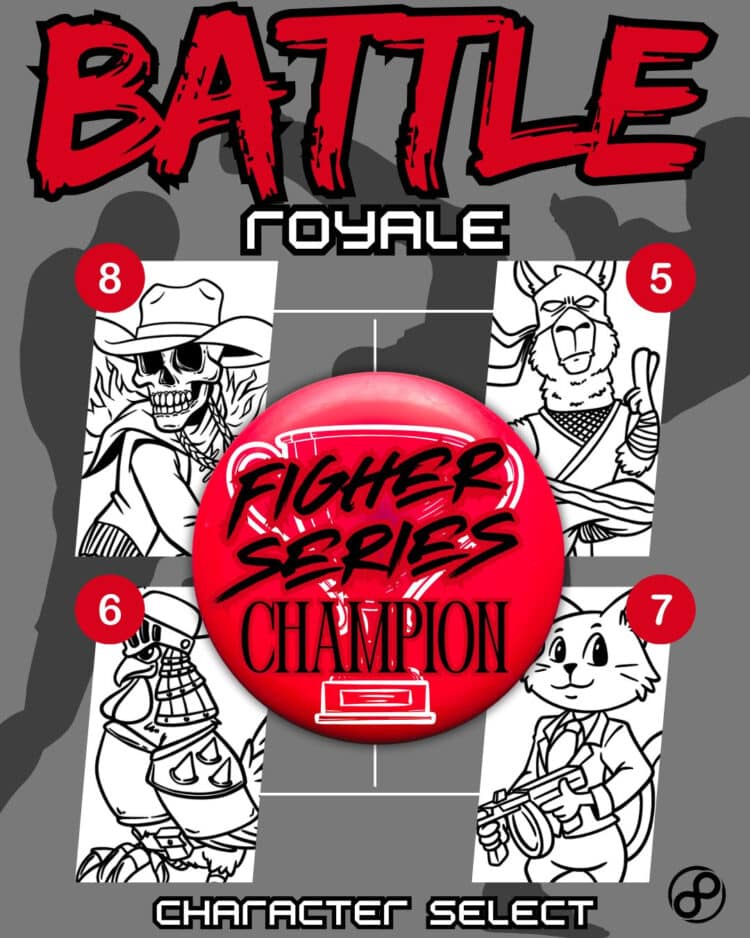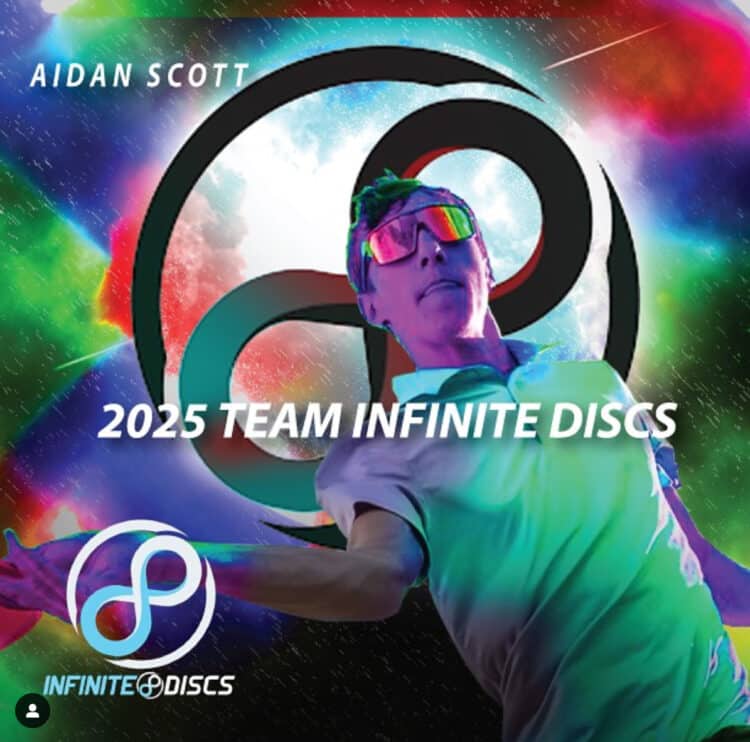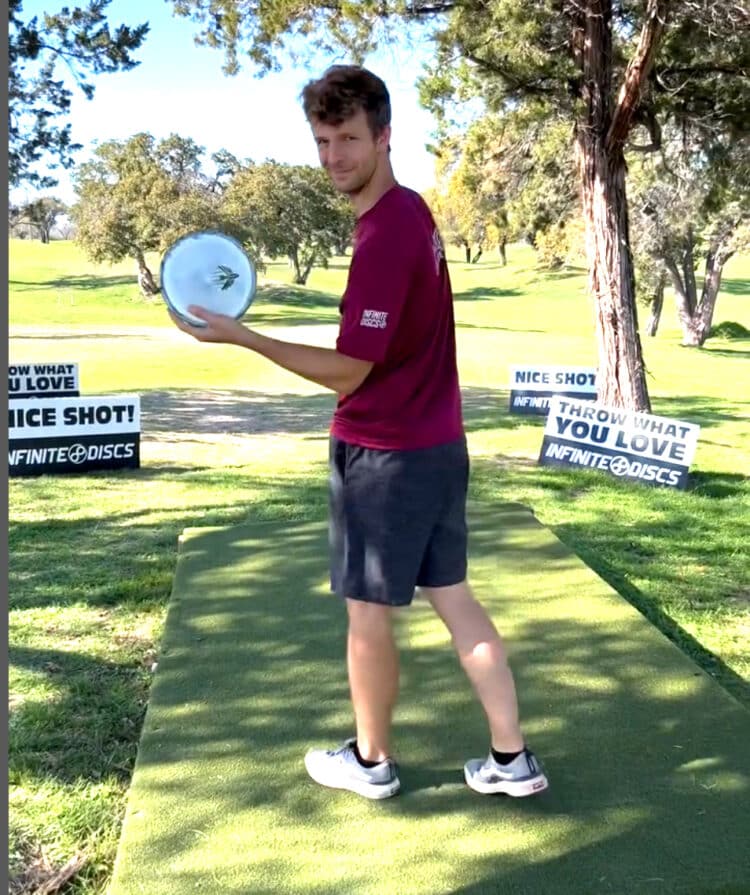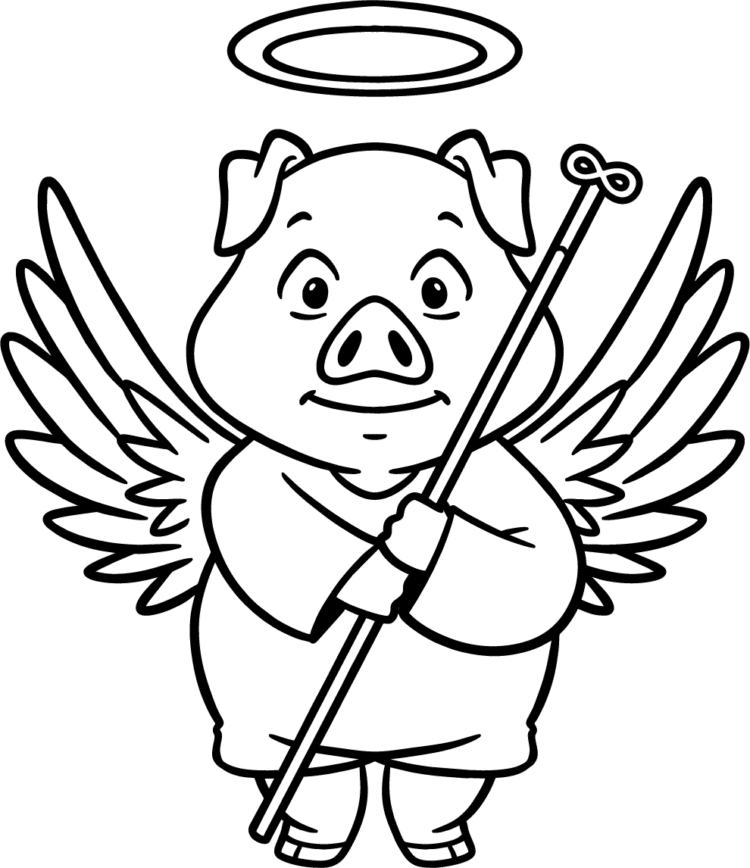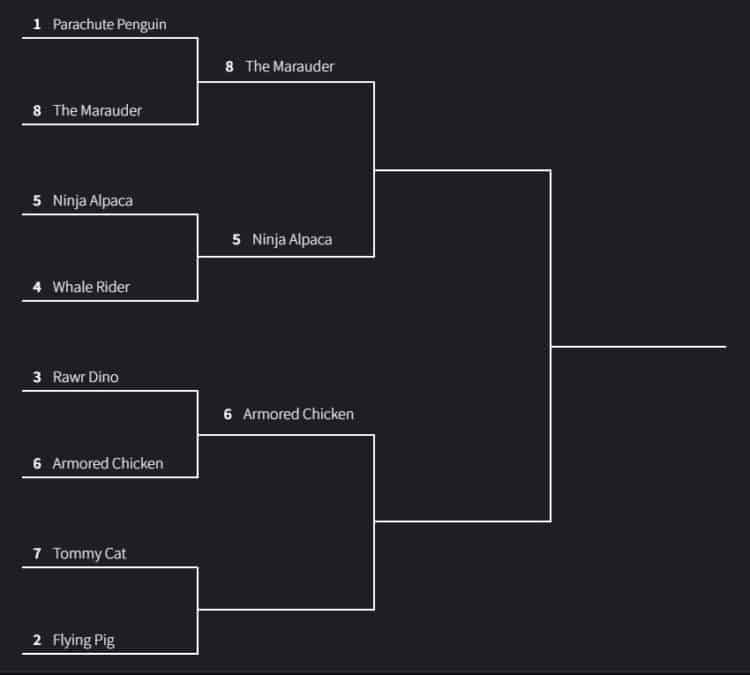Introducing Infinite Discs’ Ben Wolff

1 – Where did you grow up? Where do you live now?
I’m from Mountain Rest, SC. I went to Clemson University and majored in Mathematics. I still live in Clemson while my wife works on her Chemical Engineering PhD.

Ben, his wife, Missoury, and their pets
2 – Can you tell us about your family?
I have three brothers and two sisters. I’m the youngest by six and a half years. Two of my brothers play or have previously played disc golf, famously my brother Jake did until 2025.
3 – How and when did you start playing disc golf?
I knew that disc golf existed but had no real interest in it until 2020 during the COVID lock down. I actually saw a YouTube video of Brodie Smith playing WACO and I thought it looked like fun and I thought I could be capable of playing like that if I tried. So in the spring of 2020 my cousins and I started throwing discs down access roads in the woods and fields by our houses, using random objects as targets. I think I played every day after that for a year if it wasn’t raining.
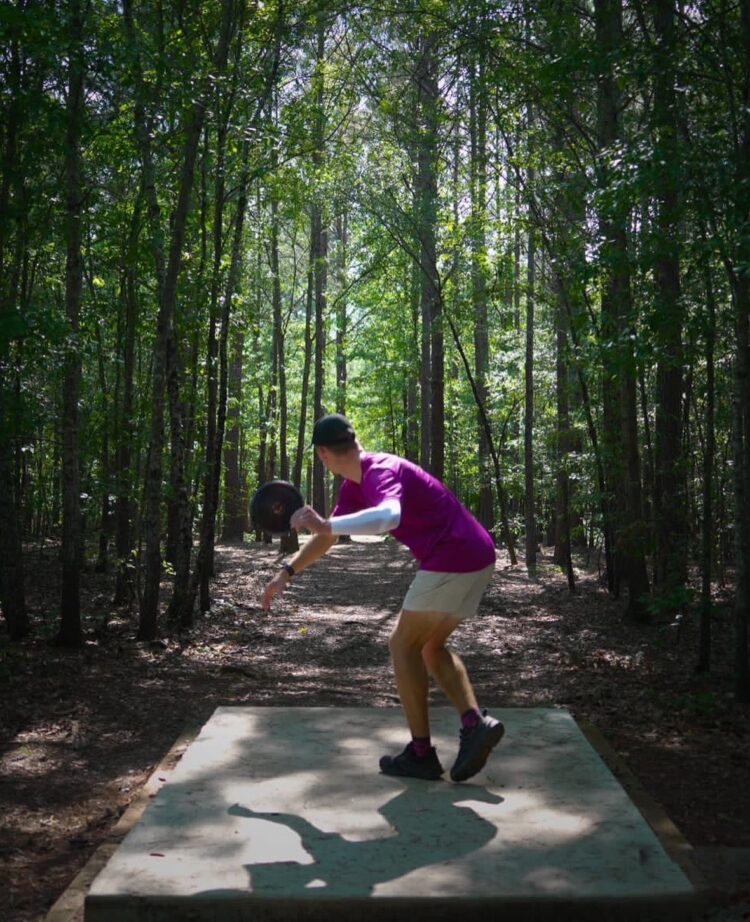
4 – When did you start playing professionally?
In September of 2020, my brother and I got PDGA memberships. We signed up for two tournaments in MA3 (before playing the first one) and I won the first and he won the second and we were like, oh no, that was a bad thing we did. We played one tournament in MA2, two tournaments in MA1, and with a crisp rating of 955 (Jake was 925), decided to start playing pro events.
5 – What is the highlight of your disc golf career so far?
This is a tough one, because I still haven’t done much that I’m extremely proud of. However, the first thing that comes to mind is winning a two round C-tier by 33 strokes in 2023, setting two course records on the way.

Ben, his wife, and their cat
6 – How did it feel the first time you took cash in a tournament?
Honestly, it was funny. It obviously felt like an accomplishment, but I couldn’t stop laughing at how dumb I thought it was that I was technically a professional athlete at that point. As a 955 rated player who hadn’t even been playing the sport for a year yet, it felt very dumb that I had crossed that threshold already.
7 – Who are some of the disc golfers (or other people) that you look up to, or who influenced you in your career?
Well I guess based off of my previous answers, Brodie Smith. During covid, the two tournament on coverage that made me want to get outside and play the most were 2019 Worlds and 2019 Throw Down the Mountain. So naturally Paul McBeth was the guy who had achieved the most in the modern game and was the guy I wanted to track down one day.

8 – What are your disc golf goals for this year? How much will you compete?
My goals going into 2025 were, win my first B-tier, win my first A-tier, make $25,000 in on-course earnings, reach a rating of 1020, and TD 10 events. I plan to play around 30-35 events in 2025.
9 – What is your diet and training like? Are you strict about staying in shape for disc golf?
My body currently has no interest in storing any sort of fat, so in an attempt to make disc golf as profitable as I possibly can, my diet revolves around finding as many calories as I can for a fairly minimal price. This also means that I have no trouble staying in good shape for disc golf. My main focus off the course is keeping my arm as healthy and powerful as is possible. So I do a lot of resistance band work, I have a strict warmup routing, and I make sure to take more days off than most of the other players I compete against.

10 – What do you think disc golf will look like in 5 years (competition, contracts, growth)?
I really don’t feel qualified to speculate on the future of disc golf, but I will tell you what I want disc golf to look like in 5 years. I hope we see less pro tour events held on temporary courses using golf course property. I hope we see more tour level architecture like what we see at Olympus, Krokhol (Norway), Ale, Ymergardens (Sweden), Northwood, W.R. Jackson (RIP), etc. I recognize that it’s easier to host large crowds on golf courses, but it often creates a product that is not compelling. With good course architecture, disc golf can reach new heights. We can have great score separation, exciting shot shapes, awesome spectator experiences, and crown the best players champion at the end of the week. I fully believe that course architecture is at the center of the success of disc golf. Obviously, I’d love to see player contracts increase to the point that it’s much more feasible for the top 150 or so players in the world to chase a professional disc golf career with 100% intensity.
11 – What Infinite Discs molds have you thrown? What are some of your favorites?
I currently bag a Chariot, Scepter, Emperor, and Conqueror. Naturally, those are my favorites. I have also experimented with the Khonsu, Centurion, Sphinx, Exodus, Galleon, Roman, Maya, Czar, and Pharaoh. I cannot recommend the Chariot, Centurion, and Sphinx enough for anyone who plays the game. They are great for beginners, amateurs, and professionals alike.

12 – Any shout-outs or any closing comments for your fans?
Thanks to my awesome wife, Missoury. Without her help, belief, and kindness, I would never be able to give my best effort to disc golf. She’s truly amazing and also a very naturally talented disc golfer in her own right. Of course a huge shout out to my brother who not only pushed me toward playing more seriously, but helped show what is possible with tomahawks at a high level.


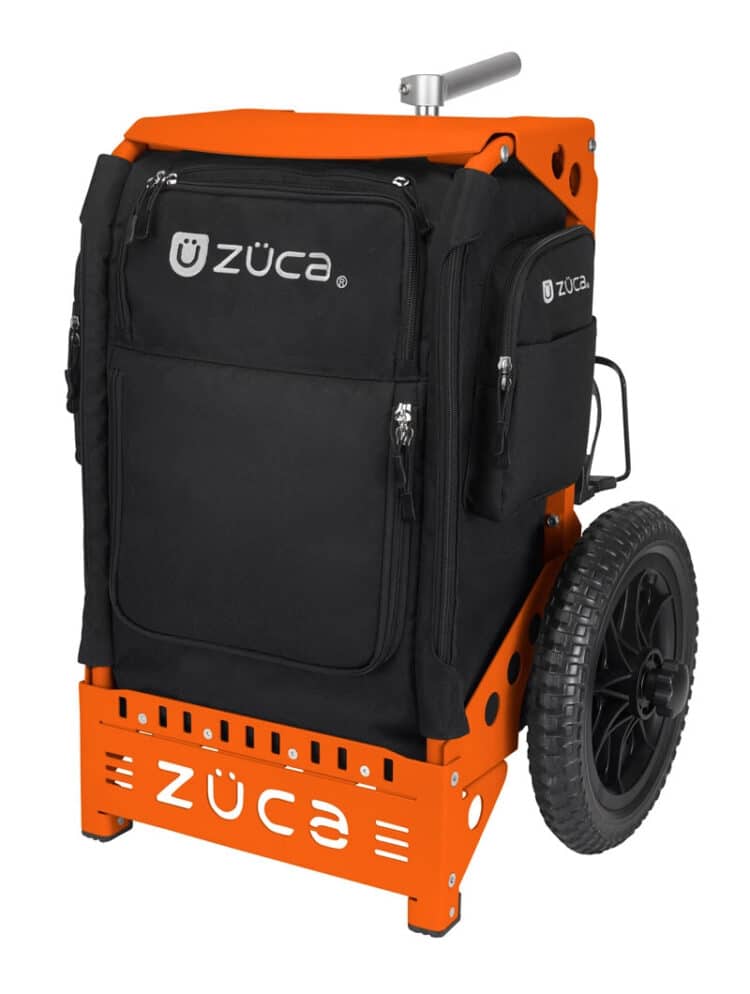
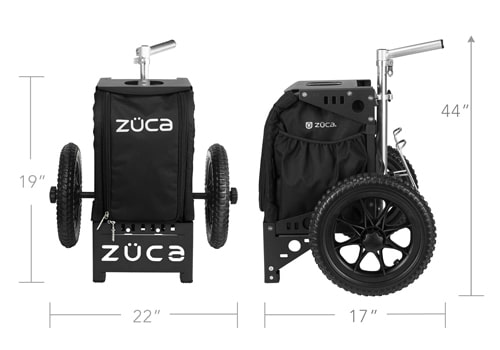
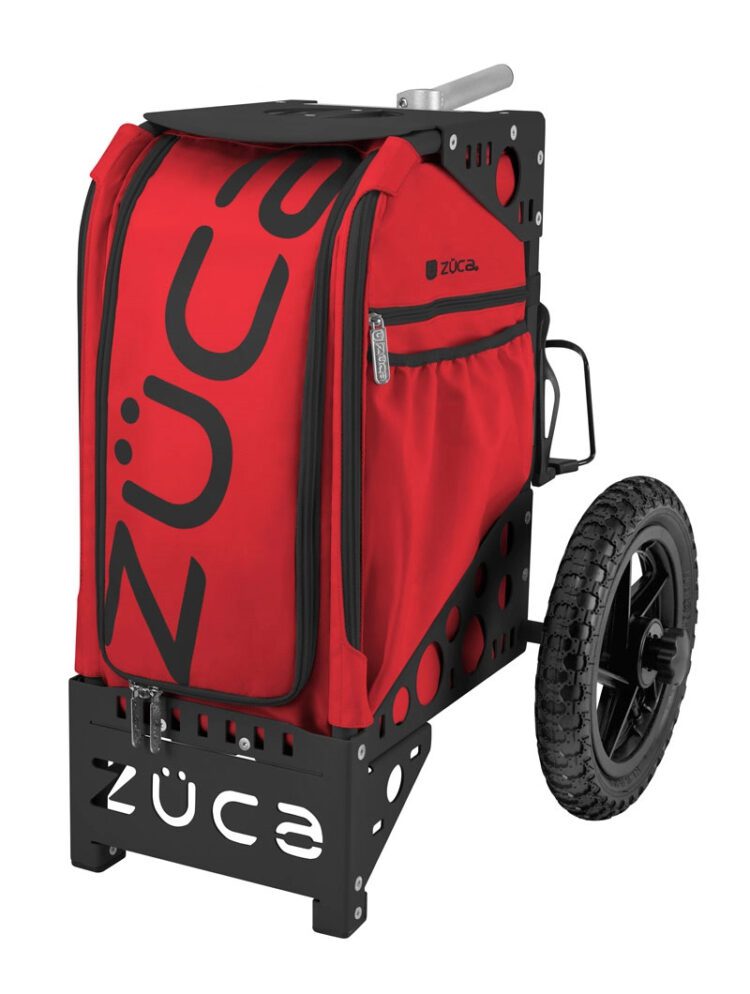
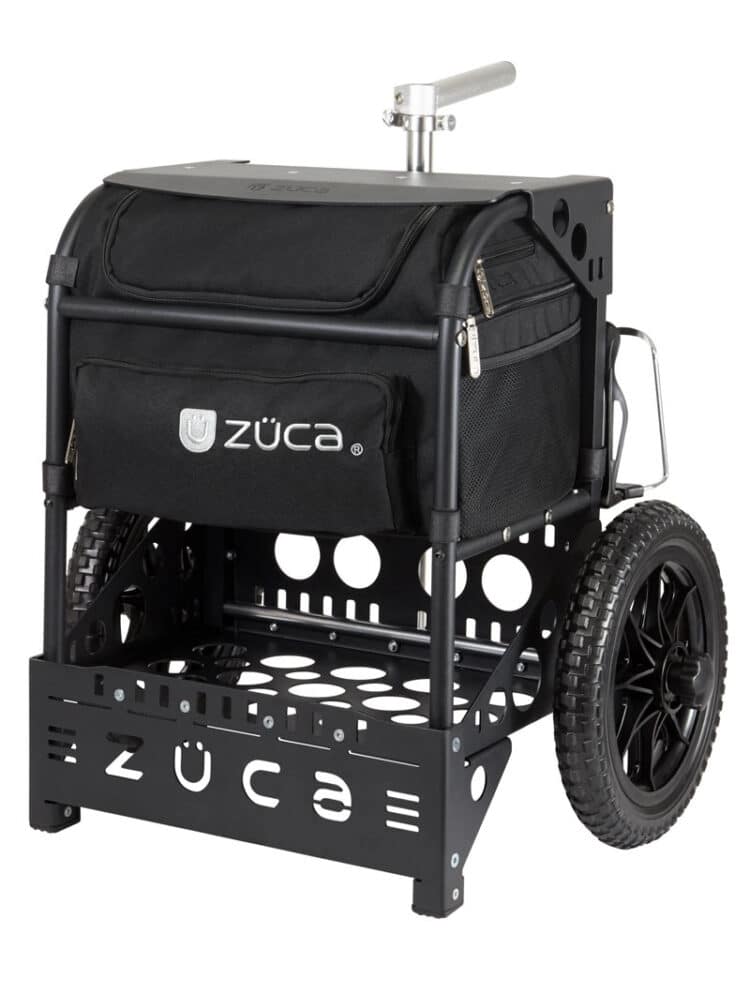
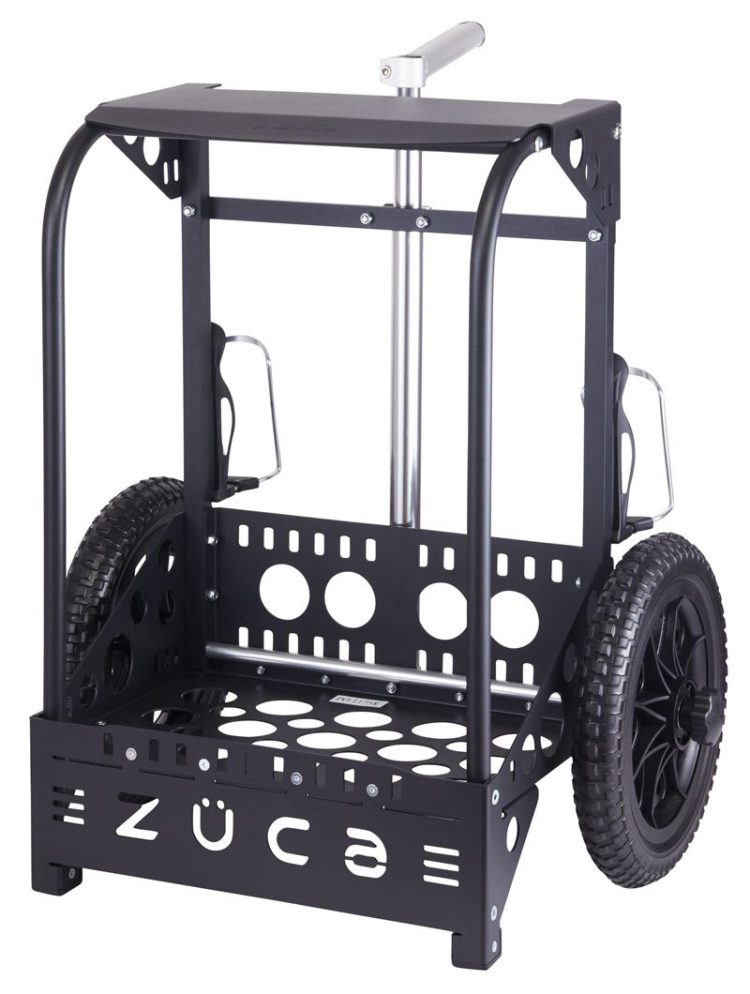
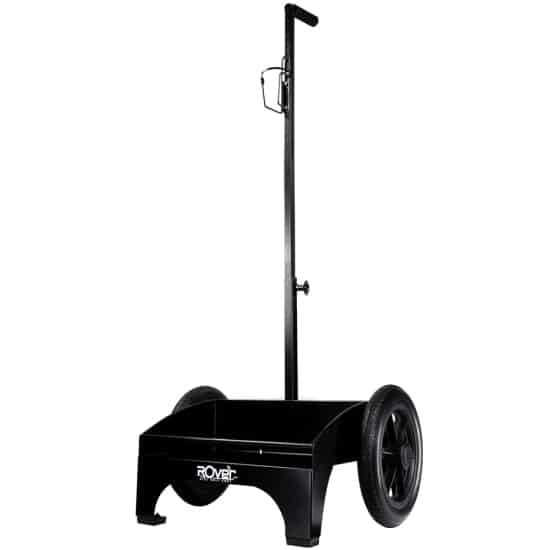
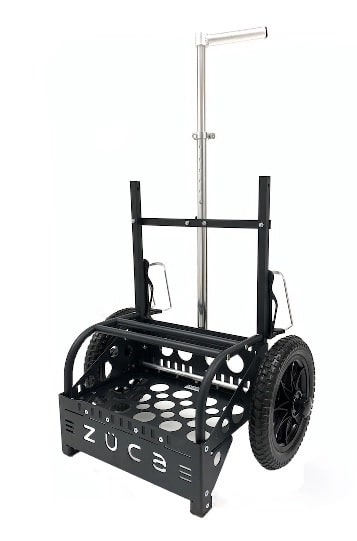
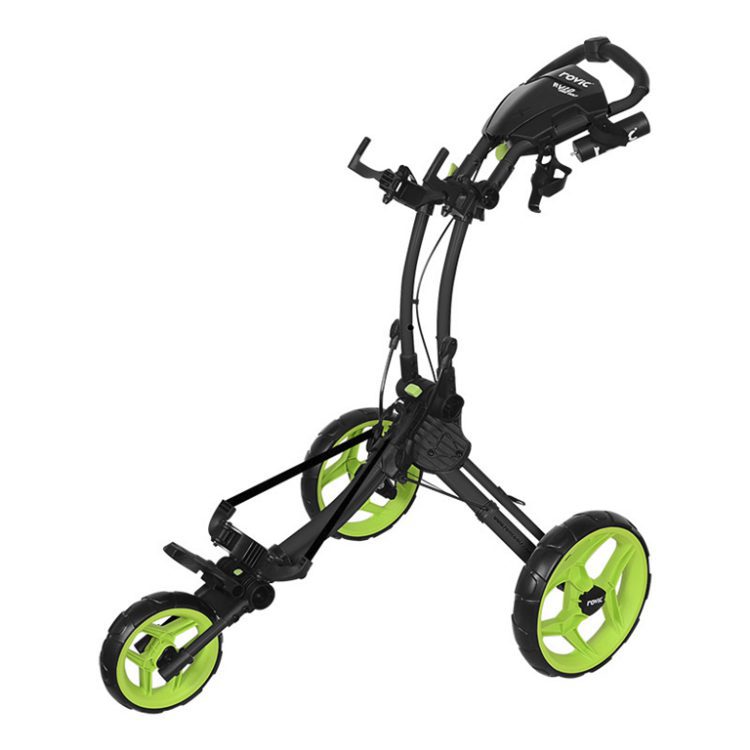
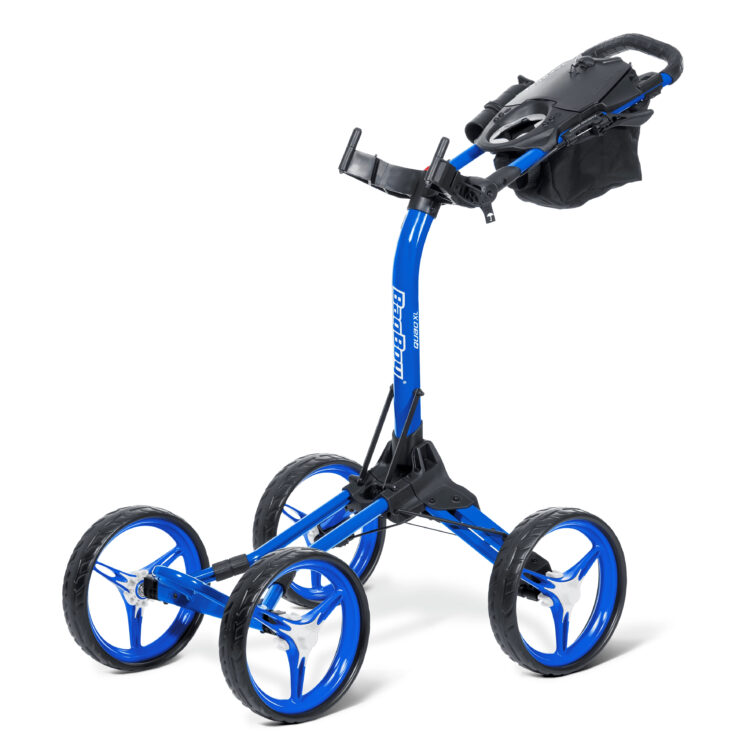

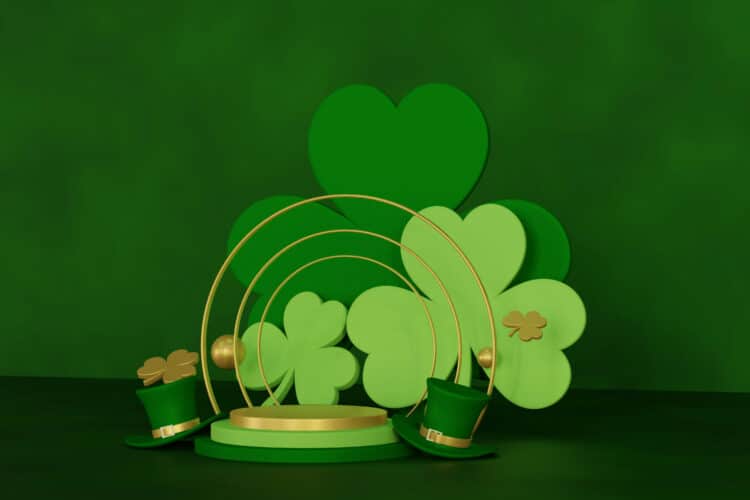

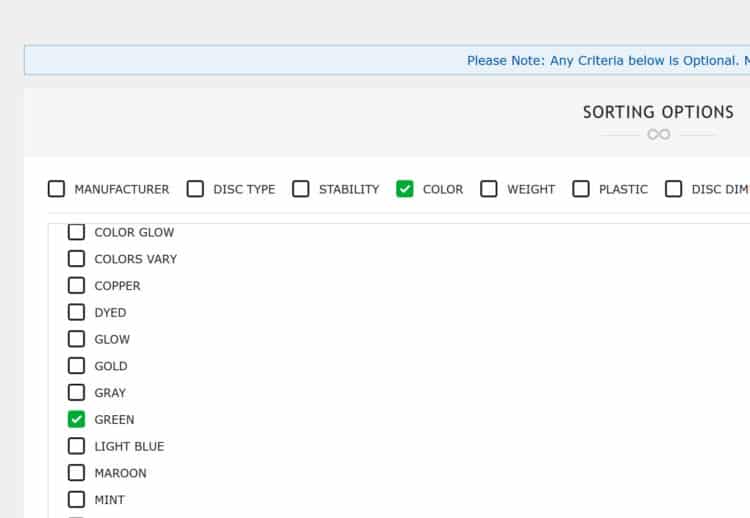
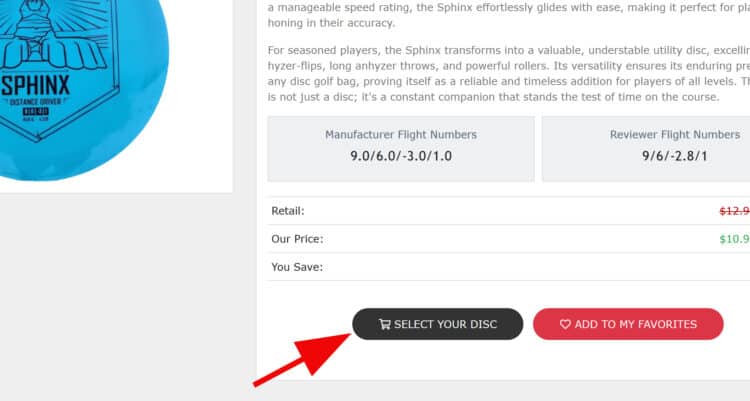
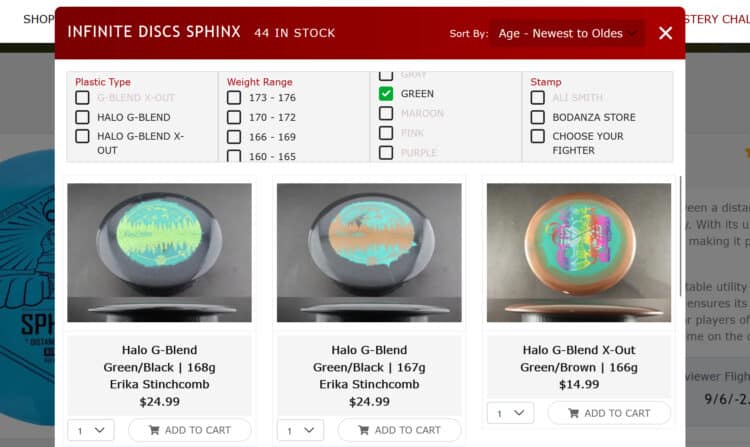



 which is a more sturdy, solid basket than most “lite” baskets on the market, but at an affordable, low cost. It is very easy to assemble and disassemble while still remaining very sturdy for backyard or bunker practice. The Doomsday Lite basket comes in 4 vibrant color options to spice up your practice sessions. This basket has two rows of 12 zinc-coated chains each, making 24 chains total.
which is a more sturdy, solid basket than most “lite” baskets on the market, but at an affordable, low cost. It is very easy to assemble and disassemble while still remaining very sturdy for backyard or bunker practice. The Doomsday Lite basket comes in 4 vibrant color options to spice up your practice sessions. This basket has two rows of 12 zinc-coated chains each, making 24 chains total.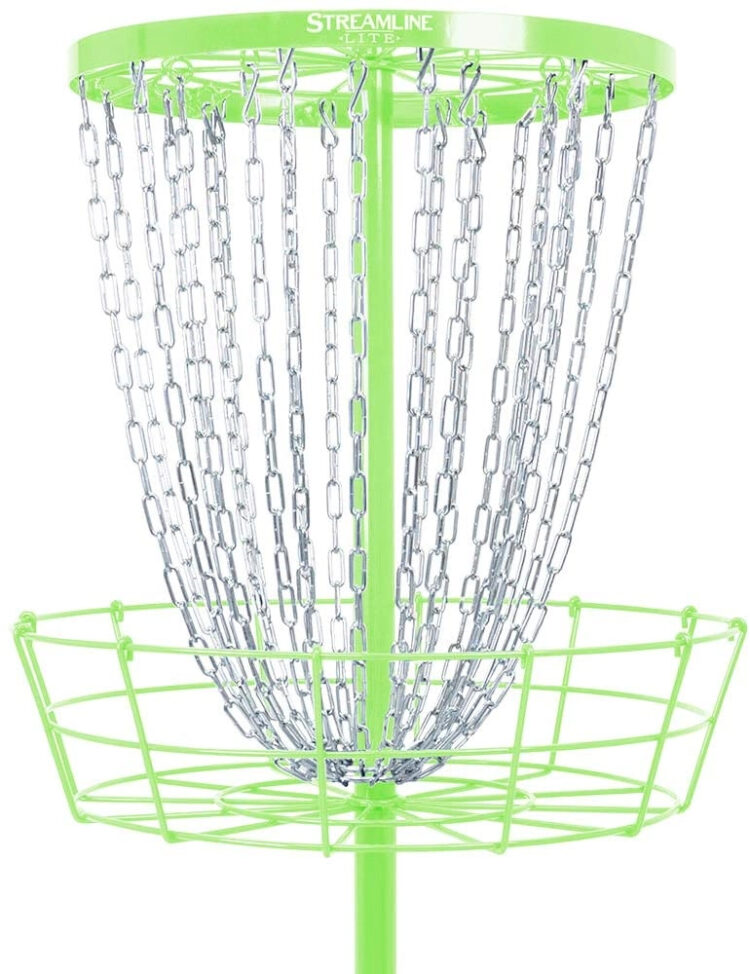 2 –
2 – 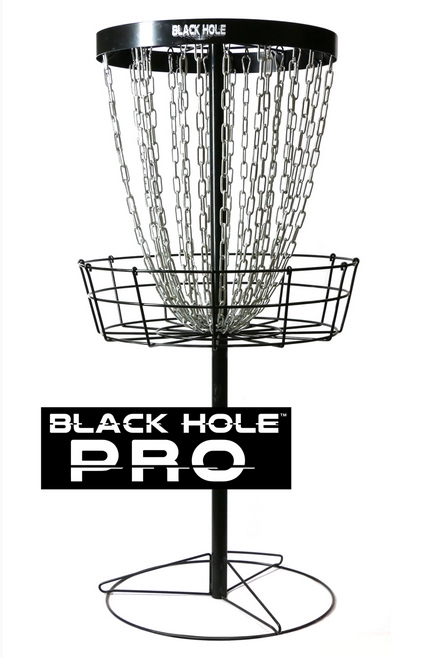 The quality of the welds, electroplating, and design combine to give you a upper-level quality at an entry-level price. The Pro basket has 24 chains in a pattern to help minimize chain outs and run throughs, to improve your confidence.
The quality of the welds, electroplating, and design combine to give you a upper-level quality at an entry-level price. The Pro basket has 24 chains in a pattern to help minimize chain outs and run throughs, to improve your confidence.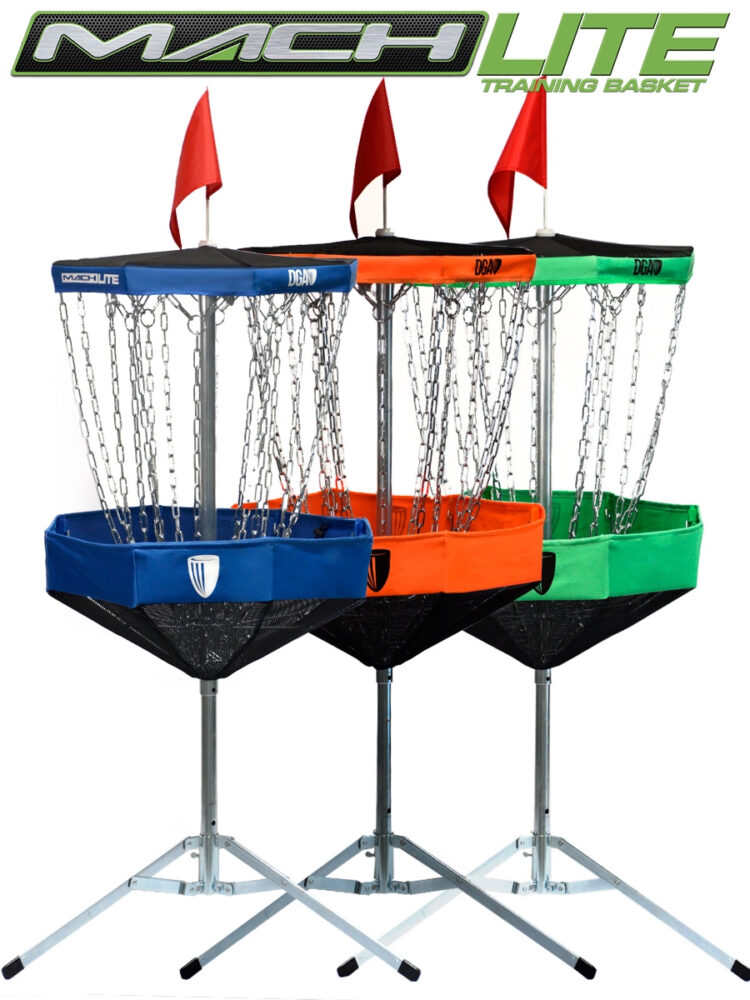
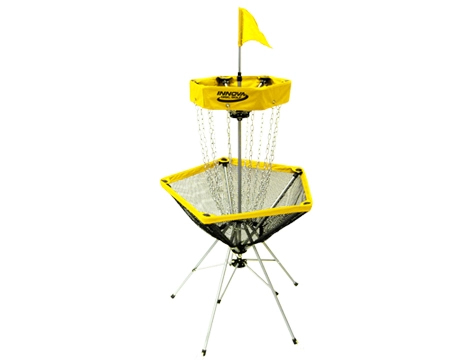 2-
2- 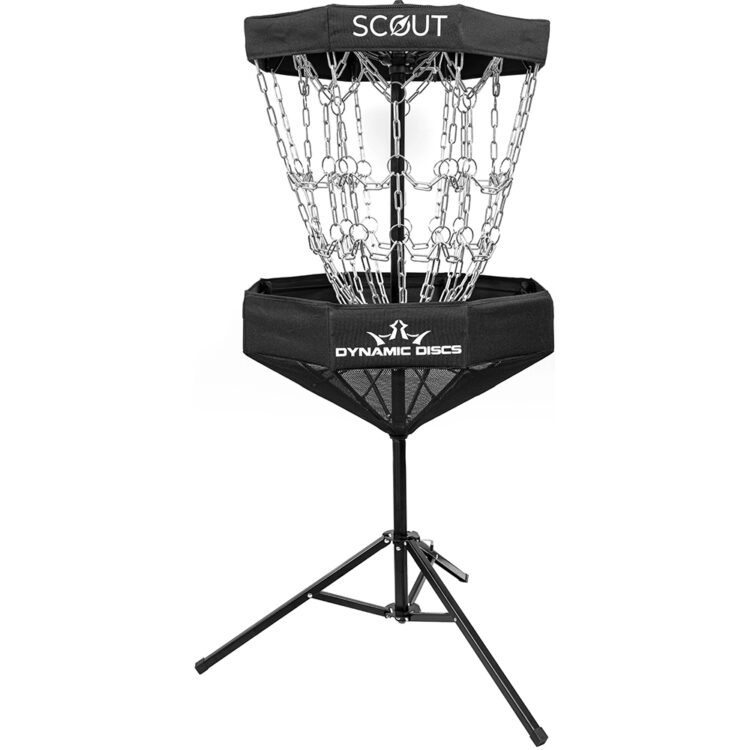
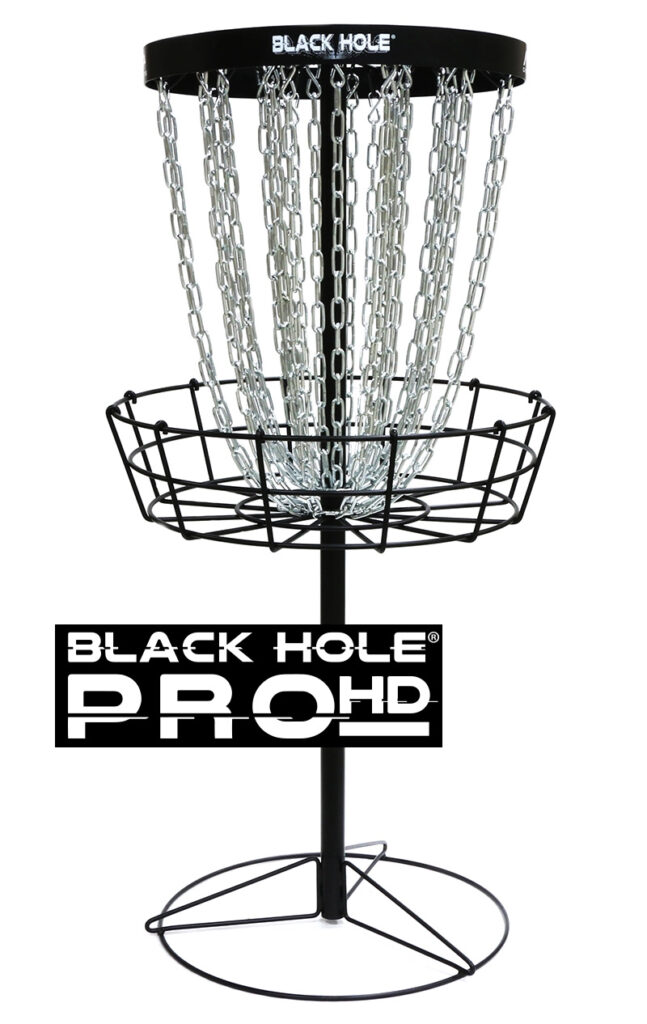 1-
1- 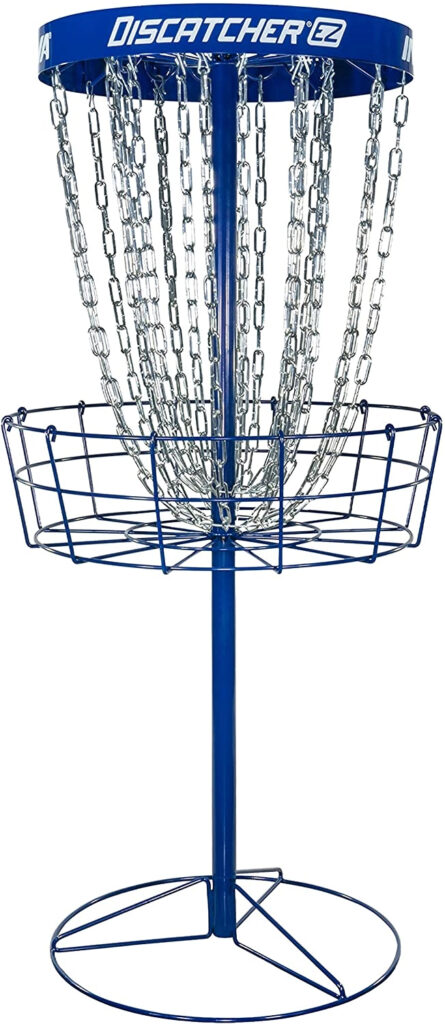
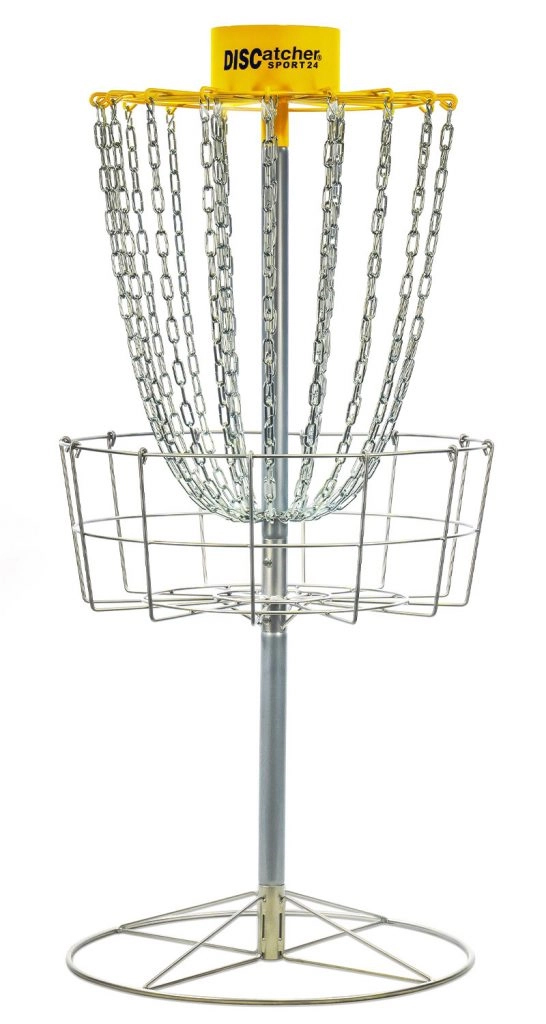 3-
3- 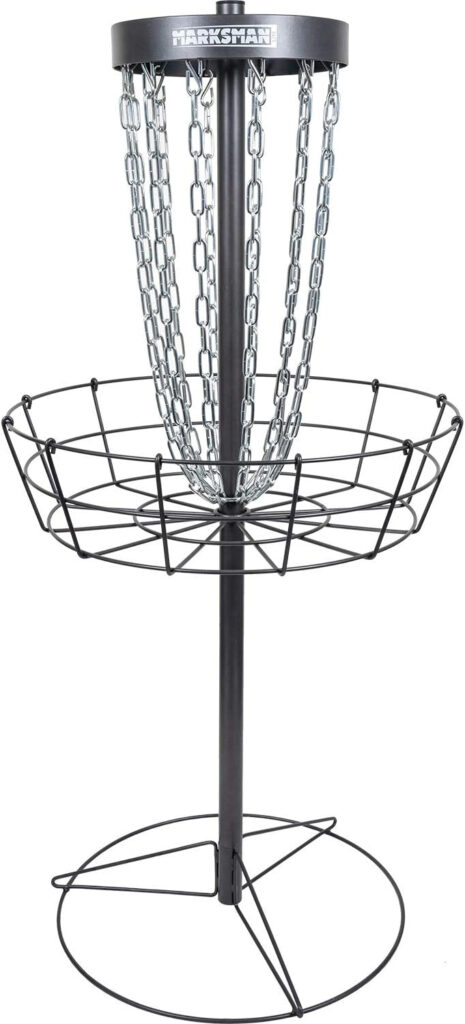
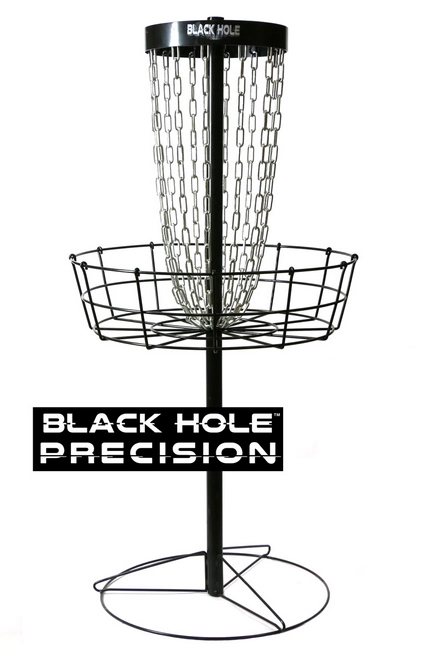 2-
2- 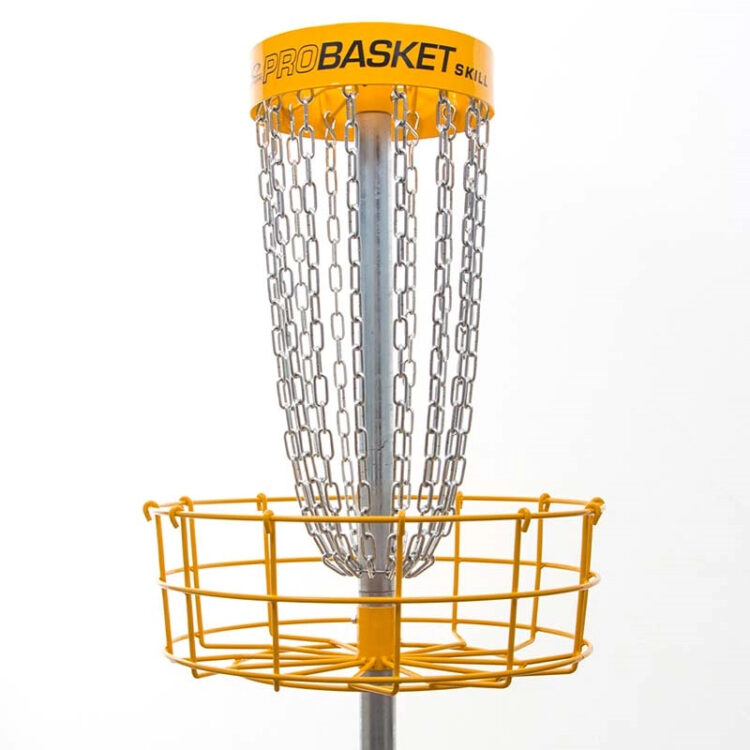
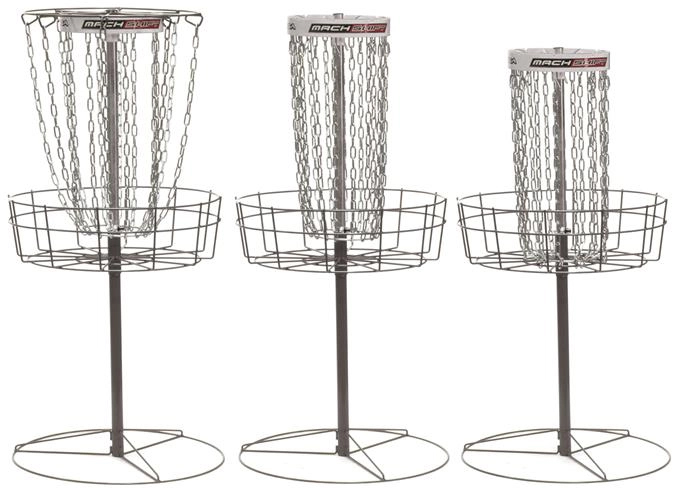
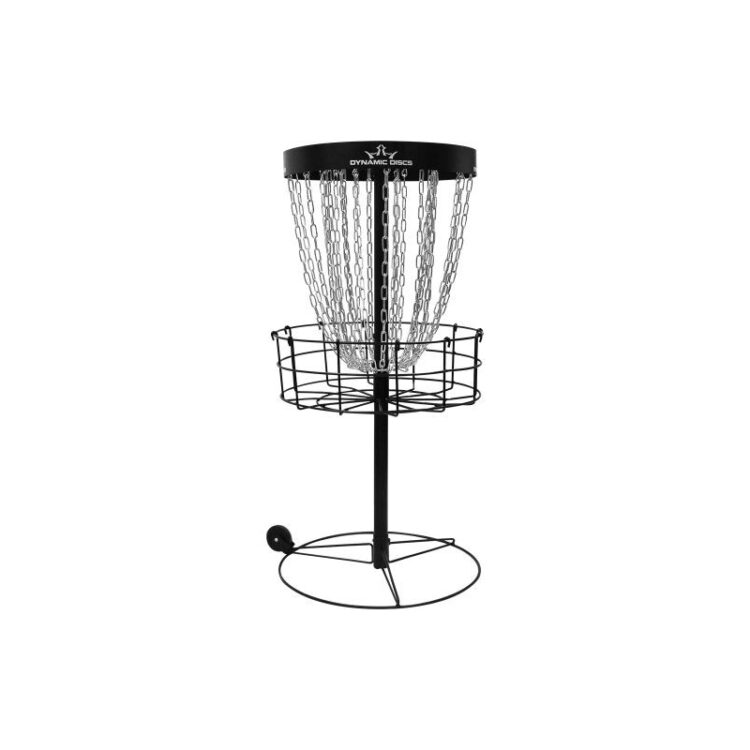
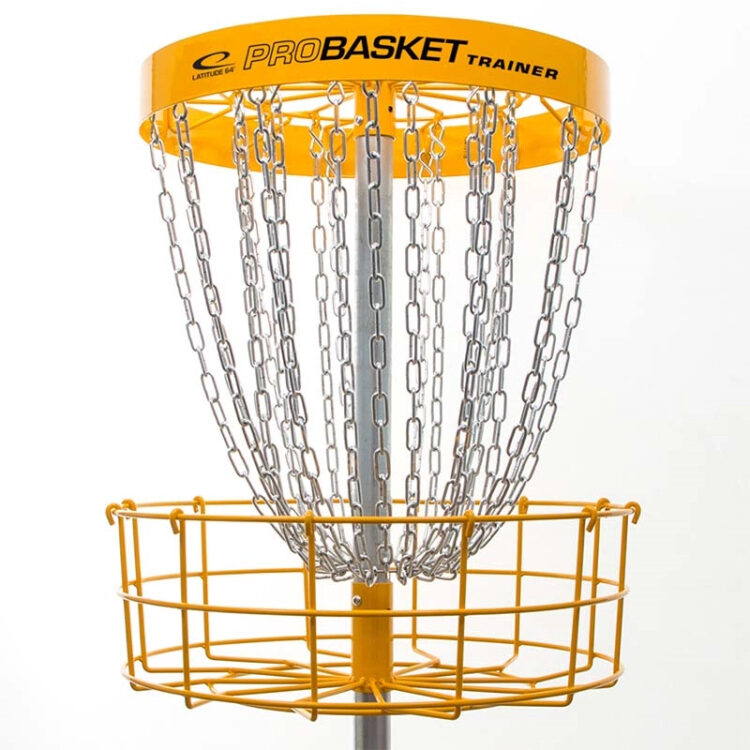 2-
2- 
